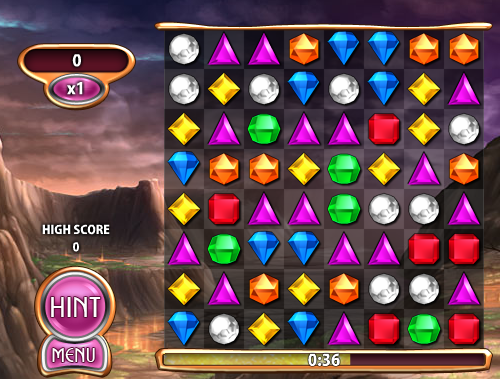This is a post I wrote a little over a year ago on my old blog, but still resonates with me and its contents are relevant to this blog. It’s not plagiarism if you copy from yourself.
Well, it was a fun ride; I’ve moved on from Lolapps, and as of this posting, a week from starting a new gig at the big G (really, that’s Google, not “grad school” as someone had guessed…). The experience has been enormously educational:
- working for a startup since its infancy;
- growing the company in scope and size;
- building apps on top of a rapidly iterating and emerging platform in the Facebook App ecosystem;
I’d easily recommend any aspiring entrepreneurs, engineers, or web-savvy netizens to try their hands on similar opportunities. That said, after having fought the battles and learned the lessons for the better part of two years, I realized it was time for me to bow out of the system and return to more traditional software products.
Here’s why.
The Facebook app framework started its life as a fairly ambitious platform that allowed a web application1 to run inside its own pages, as long as the developer customized their netcode (the HTML/CSS/Javascript part) to FB’s standards. The platform only provided a small subset of what’s available on the web in general, but traded functionality for virality; app developers had the means to grow 10x in a day from simply inviting and notifying friends.
Back then, the technical limitations, plus ease of getting users meant simple, stupid apps dominated the Facebook platform. I hope that users were just poking each other and growing pets to pass the time between friend updates and profile confessions, but even this seemingly niche market gave birth to some of the fastest growing companies in history2.
I guess what happened next could be attributed to…shall we say, the immaturity of the platform. FB decided to try to provide a good user experience, so they began to change the rules – both technically (with new API’s, widgets, and language additions) and policy-wise – in an effort to cut the spam and encourage what they considered “quality” applications.
Now, coding on the web has always been fast and loose (the worse you’ll likely get is a clever 404 screen), but on Facebook it was already faster because it was so easy to get a ton of users and they didn’t seem to care about quality or even stability. Add to these issues the beginnings of ab-testing and optimizations by app developers looking to pull ahead of a huge field of competitors (since now anybody who knows HTML could make their Facebook app in a week), and the aforementioned shift in technology resulting in flakey platform infrastructure.
It all compounds to a lot of engineering time spent tweaking font sizes, colors, and Facebook-provided widgets to keep an app up and running, in pace with what others were doing. This was probably the crappiest part of FB development: the sense that you’re not spending your time building value for your product, but rather adjusting a hanging picture frame in the middle of an earthquake.
Turned out, what Facebook really wanted were engaging apps, apps that kept users coming back on their own boost the Facebook brand, and ultimately that turned out to be games. Before the Zynga and Farmville craze, though, the first one to really unearth the social gaming formula was a text-based, player-vs-player RPG-lite called Mob Wars. In retrospect, MW was ultimately a game of progress bars with flavor text, but it used some of the classic rules of game theory to keep its players coming back, hungry for a chance to build their characters or horde more items.
FB apps tried to imitate that for a while, until Zynga struck gold with Texas Hold’em Poker (now renamed to just Zynga Poker), taking advantage of the idea that users of a social network would like to be, well, social. The sudden success of that game prompted Zynga to pillage classic games for themes and mechanics, add a touch of social interactivity, and employ more ideas from game theory to keep players engaged, addicted, and now willing to spend money buying items3.
And that brings us to the Facebook landscape of today, dominated by a seemingly never-ending wave of Flash-based games. The great social gaming frontier consists of apps which are:
- Dependent on a shifting, oft-times unreliable platform
- Quick to make, quick to iterate and change based on usage patterns and statistics
- Use gaming and social mechanisms to reward or shame players to keep playing, so much so that a large number of people will pay to get slightly ahead
- Reuse and copy the same proven themes and ideas
- Grow through aggressive ad campaigns and viral channels4
As bad as that list sounds, though, users are still looking to do a lot of Facebook gaming, companies are still riding this wave to ridiculous profits and valuations at record rates, and traditional gaming shops are looking to hop onto the FB bandwagon and cash in on the profits.
I personally am ready to try something else.
Though it’s debatable whether the early stuff like Superpoke could even be categorized as “web apps”.↩
Hell, it still happens; see “How fast can you type A-Z” stats.↩
Previously game developers were still relying on showing banner ads for revenue.↩
That is, devs know they’re violating FB “good behavior” policy, but are hoping they won’t be caught until they gain enough traction user-wise.↩
